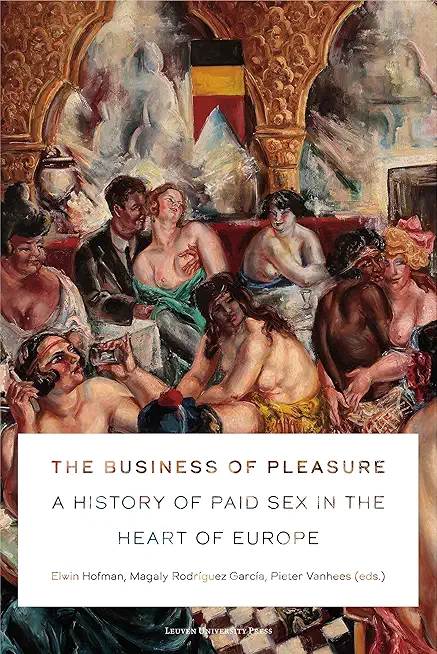
Michener, James A.
product information
description
es A. Michener at his most gripping. His classic nonfiction account of a doomed uprising is as searing and unforgettable as any of his bestselling novels. For five brief, glorious days in the autumn of 1956, the Hungarian revolution gave its people a glimpse at a different kind of future--until, at four o'clock in the morning on a Sunday in November, the citizens of Budapest awoke to the shattering sound of Russian tanks ravaging their streets. The revolution was over. But freedom beckoned in the form of a small footbridge at Andau, on the Austrian border. By an accident of history it became, for a few harrowing weeks, one of the most important crossings in the world, as the soul of a nation fled across its unsteady planks. Praise for The Bridge at Andau
"Precise, vivid . . . immeasurably stirring."--The Atlantic Monthly
"Dramatic, chilling, enraging."--San Francisco Chronicle
"Superb."--Kirkus Reviews
"Highly recommended reading."--Library Journal
"Precise, vivid . . . immeasurably stirring."--The Atlantic Monthly
"Dramatic, chilling, enraging."--San Francisco Chronicle
"Superb."--Kirkus Reviews
"Highly recommended reading."--Library Journal
member goods
No member items were found under this heading.
Return Policy
All sales are final
Shipping
No special shipping considerations available.
Shipping fees determined at checkout.







